AI dominance in the present era is unprecedented. However, there are many fields that are yet to explore the true potential of AI. One such field is the legal profession. Today, AI has become capable of serving as a lawyer and facilitating both lawyers and clients in their legal matters, such as analyzing contracts, conducting legal research, and more. Therefore, this guide will talk in detail about how to use AI as a lawyer by explaining its application in various scenarios through prompt-based examples.
Part 1. Can AI Replace Lawyers in the Future?
AI has exceptional capabilities in handling repetitive tasks or conducting research around documents or specific topics. However, it lacks the strategic thinking and judgment capabilities that human lawyers possess. Therefore, it is unlikely that AI will replace lawyers in the future.
The main role of AI in the legal profession is that of a virtual assistant that can assist lawyers in their day-to-day activities. For example, UPDF's AI assistant is a powerful feature that helps lawyers:
- Summarize/analyze legal documents.
- Create contracts.
- Understand risk factors in contracts.
- Conduct legal research.
- Communicate effectively with clients.
In short, UPDF's AI assistant and similar AI tools are valuable assistants to lawyers who elevate their capabilities instead of replacing them. So, let's now head deeper into the applications of AI and understand how lawyers and clients can use AI.
Windows • macOS • iOS • Android 100% secure
You can also watch the video guide below to learn how to use AI as a lawyer.
Part 2. How to Use AI as a Lawyer for Summarizing/Generating Contracts?
Legal contracts are often lengthy and require significant time to read and understand. Similarly, creating a legal contract also requires proper time so that it includes all the important clauses and follows the legal standards. For example, creating an employment contract requires proper employment term details, confidentiality agreements, and other regulatory compliance.
AI is your virtual companion when it comes to understanding contracts or generating a new one. For instance, the UPDF's AI feature has a dedicated "Ask PDF" mode that lets you quickly summarize the entire contract, specific pages, or selected sections from the contract. Besides that, its "Chat" mode lets you draft the contract and then optimize accordingly.
Here are a few prompts that will help you understand how to use AI as a lawyer for summarizing/generating contracts:
Prompt #1: Summarize the entire lease agreement document into 500 words, focusing on key clauses such as rental terms, maintenance responsibilities, and termination conditions. Provide a bulleted list of essential provisions for quick reference.

Document taken from: Consumer.gov
Bonus Tip


Prompt #2: Provide a concise summary of this partnership agreement. Focus on ownership structure, profit distribution, decision-making processes, and dispute-resolution mechanisms in no more than 500 words.
Prompt #3: Identify intellectual property rights provisions in this software licensing agreement. Summarize the scope of licenses granted, usage restrictions, and conditions for intellectual property ownership.
Prompt #4: Generate a confidentiality agreement tailored for a software development project. Include clauses on intellectual property rights, non-disclosure obligations, and dispute resolution mechanisms.
Prompt #5: Draft a comprehensive partnership agreement for a technology startup specializing in AI-driven software solutions. Include detailed provisions on ownership structure, profit-sharing arrangements, decision-making processes, and dispute-resolution mechanisms. Ensure compliance with local business regulations and outline responsibilities regarding intellectual property rights, contributions, and liabilities.
Part 3. How to Use AI as a Lawyer for Reviewing Contracts?
Above we have discussed how a lawyer uses AI to summarize contracts. However, there is sometimes the need to retrieve relevant information from a lengthy legal contract. Alternatively, you may want to analyze the contract risks thoroughly.
AI eases the hassle of reviewing contracts. With the UPDF AI feature, you can use its AI chat box to ask it to retrieve specific information from the contract. Similarly, you can use it to analyze contract risks and other factors.
Follow the below prompts to learn how to use AI as a lawyer for reviewing contracts:
Prompt #1: Assess compliance with regulatory requirements in this healthcare service agreement. Provide insights into regulatory obligations, privacy considerations, and data security measures.

Document taken from: Nationalfamilyplanning
Windows • macOS • iOS • Android 100% secure
Prompt #2: Review this sale agreement for a commercial real estate transaction. Highlight key terms such as closing conditions, financing arrangements, and contingencies.
Prompt #3: Review indemnification provisions in this vendor agreement. Provide a detailed summary of indemnification obligations, liability limits, and procedures for claims and disputes.
Part 4. How to Use AI as a Lawyer for Conducting Legal Research?
Suppose you are conducting legal research where you have to find and understand relevant legal cases, regulations, precedents, or legal documents. Although Google has most of the information to conduct thorough research, it requires significant time and energy.
AI makes it easy and effective to conduct legal research. The UPDF's online AI assistant can help you quickly find the required legal cases and summarize their details. Secondly, it can help research other legal documents and regulations. You can also ask follow-up questions to carry out deeper research.
Here are a few prompts that will help you understand how to use AI as a lawyer for conducting legal research:
Prompt #1: Find recent court decisions related to labor law disputes in California. Summarize the key arguments, judicial reasoning, and implications for employers and employees.

Prompt #2: Research the legal cases related to property controversy in the U.S. during the past five years.
Prompt #3: Identify precedents in contract law for cases involving breach of confidentiality agreements. Summarize relevant court decisions, legal principles applied, and outcomes influencing contract enforcement.
Prompt #4: Analyze case law on product liability in consumer protection cases. Summarize key court rulings, liability standards, and defenses considered in cases involving defective products.
Prompt #5: Research antitrust regulations in the pharmaceutical industry. Provide an overview of recent investigations, regulatory actions, and legal precedents shaping competition law in the sector.
Part 5. How to Use AI as a Lawyer for Communication with Clients?
Other than holding a solid grip on legal proceedings, lawyers also have to ensure effective communication with clients. They have to understand their client requirements, communicate professionally, address their concerns promptly, and explain legal terms effectively.
AI can be a communicator on your behalf. It can help draft client correspondence, such as letters, emails, or other communications. Similarly, it can help generate clear explanations of complex legal terms. In short, AI can reduce the time and effort required to communicate with clients.
Check out the below prompts to understand how a lawyer uses AI to write brief and other communication material for clients:
Prompt #1: Draft a concise and professional email to a client regarding updates on their ongoing litigation case. Include key developments, next steps, and reassurances regarding the legal process.

Prompt #2: Draft an informative blog post for clients on recent changes in UK immigration law affecting visa applications. Provide insights into policy updates, procedural changes, and implications for applicants.
Prompt #3: Prepare a response to client inquiries about estate planning options. Outline different types of trusts, their benefits, and implications for asset protection and inheritance planning.
Prompt #4: Prepare a detailed briefing memo for a client explaining the implications of a recent regulatory change in environmental law. Clarify the legal impact, compliance requirements, and recommended actions for the client's business.
Prompt #5: Draft a letter to a client outlining strategies and options for dispute resolution in a commercial contract negotiation. Include the pros and cons of each strategy and recommend a course of action based on legal considerations.
Prompt #6: Generate a client update on a high-profile defamation case involving a celebrity. Provide a clear summary of court proceedings, legal arguments, and potential outcomes, ensuring sensitivity to public relations implications.
Conclusion
AI is of great assistance in legal activities. This guide has shown in detail the practical use cases of how to use AI as a lawyer. No matter if you are a lawyer or client, all you have to do is choose the right AI tool, like UPDF's AI assistant. Afterward, you simply have to write the correct prompts to let AI assist you in legal matters. So, get the AI assistant of UPDF and become a lawyer who uses AI to optimize day-to-day legal activities.
Windows • macOS • iOS • Android 100% secure
 UPDF
UPDF
 UPDF for Windows
UPDF for Windows UPDF for Mac
UPDF for Mac UPDF for iPhone/iPad
UPDF for iPhone/iPad UPDF for Android
UPDF for Android UPDF AI Online
UPDF AI Online UPDF Sign
UPDF Sign Edit PDF
Edit PDF Annotate PDF
Annotate PDF Create PDF
Create PDF PDF Form
PDF Form Edit links
Edit links Convert PDF
Convert PDF OCR
OCR PDF to Word
PDF to Word PDF to Image
PDF to Image PDF to Excel
PDF to Excel Organize PDF
Organize PDF Merge PDF
Merge PDF Split PDF
Split PDF Crop PDF
Crop PDF Rotate PDF
Rotate PDF Protect PDF
Protect PDF Sign PDF
Sign PDF Redact PDF
Redact PDF Sanitize PDF
Sanitize PDF Remove Security
Remove Security Read PDF
Read PDF UPDF Cloud
UPDF Cloud Compress PDF
Compress PDF Print PDF
Print PDF Batch Process
Batch Process About UPDF AI
About UPDF AI UPDF AI Solutions
UPDF AI Solutions AI User Guide
AI User Guide FAQ about UPDF AI
FAQ about UPDF AI Summarize PDF
Summarize PDF Translate PDF
Translate PDF Chat with PDF
Chat with PDF Chat with AI
Chat with AI Chat with image
Chat with image PDF to Mind Map
PDF to Mind Map Explain PDF
Explain PDF Scholar Research
Scholar Research Paper Search
Paper Search AI Proofreader
AI Proofreader AI Writer
AI Writer AI Homework Helper
AI Homework Helper AI Quiz Generator
AI Quiz Generator AI Math Solver
AI Math Solver PDF to Word
PDF to Word PDF to Excel
PDF to Excel PDF to PowerPoint
PDF to PowerPoint User Guide
User Guide UPDF Tricks
UPDF Tricks FAQs
FAQs UPDF Reviews
UPDF Reviews Download Center
Download Center Blog
Blog Newsroom
Newsroom Tech Spec
Tech Spec Updates
Updates UPDF vs. Adobe Acrobat
UPDF vs. Adobe Acrobat UPDF vs. Foxit
UPDF vs. Foxit UPDF vs. PDF Expert
UPDF vs. PDF Expert


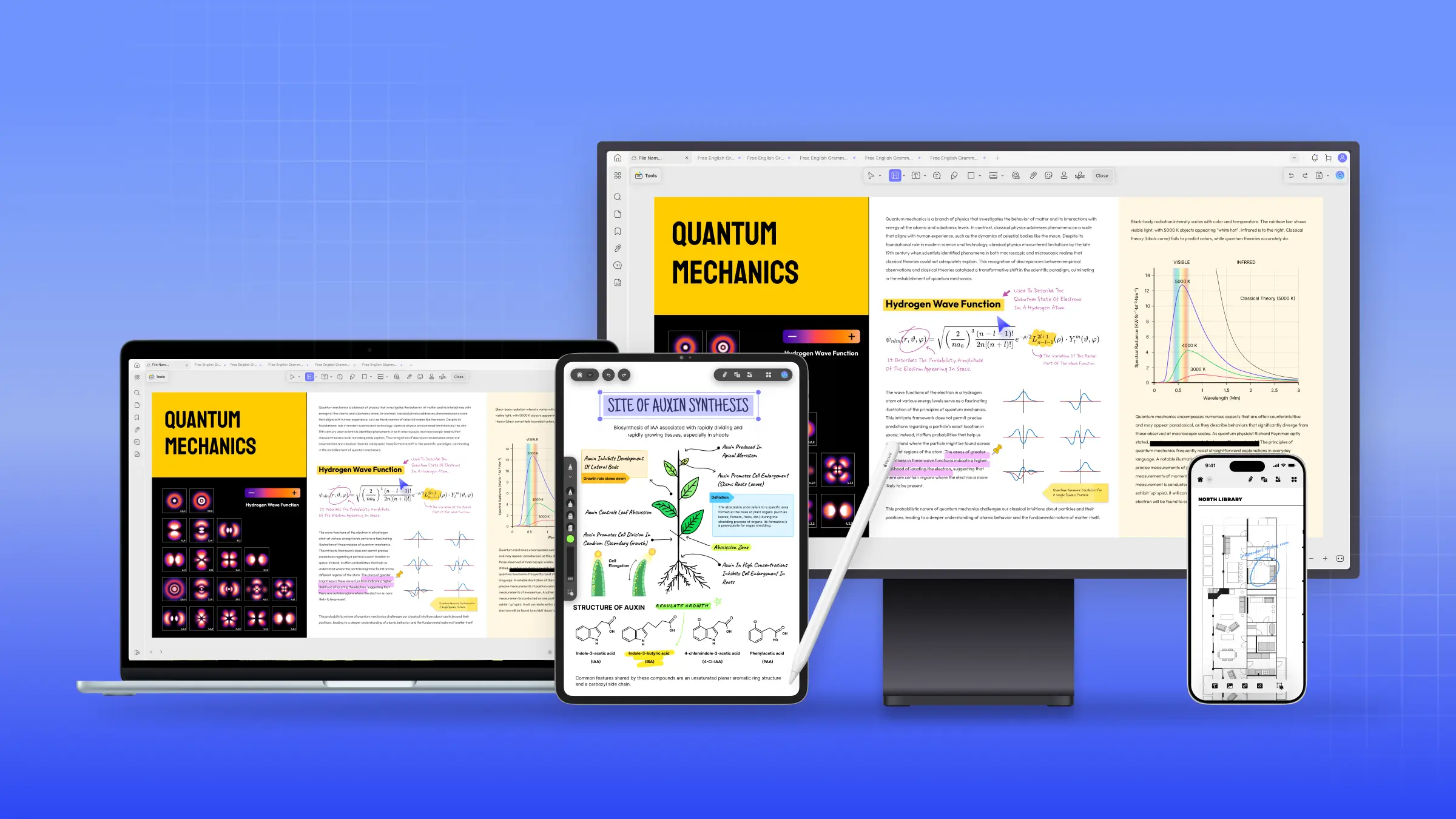



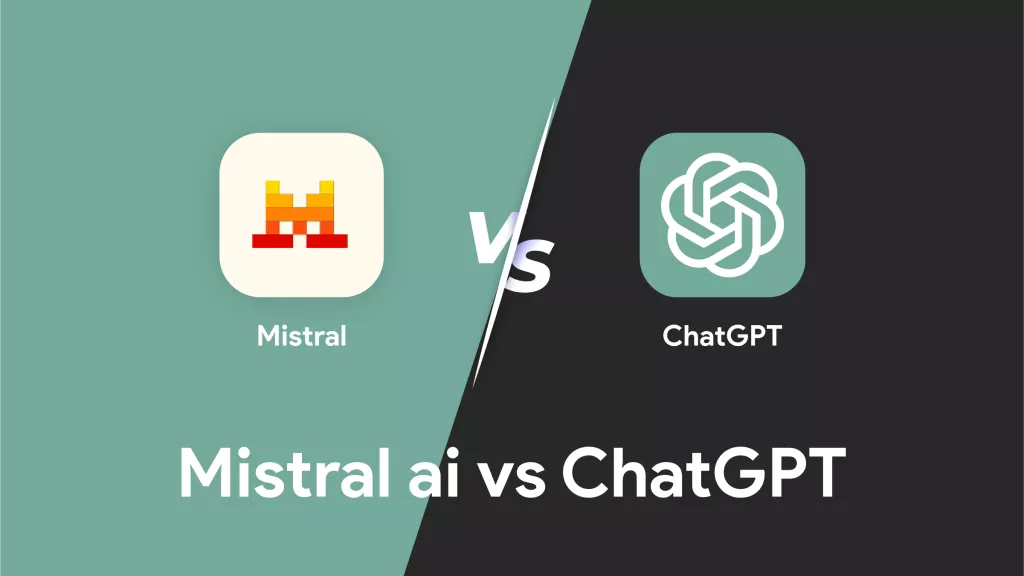
 Enola Davis
Enola Davis 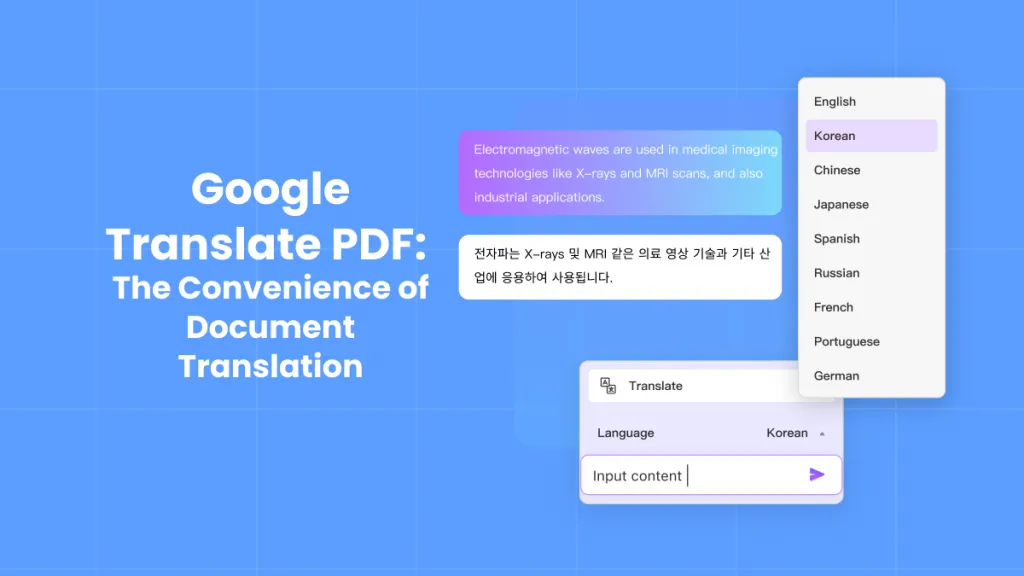
 Enola Miller
Enola Miller 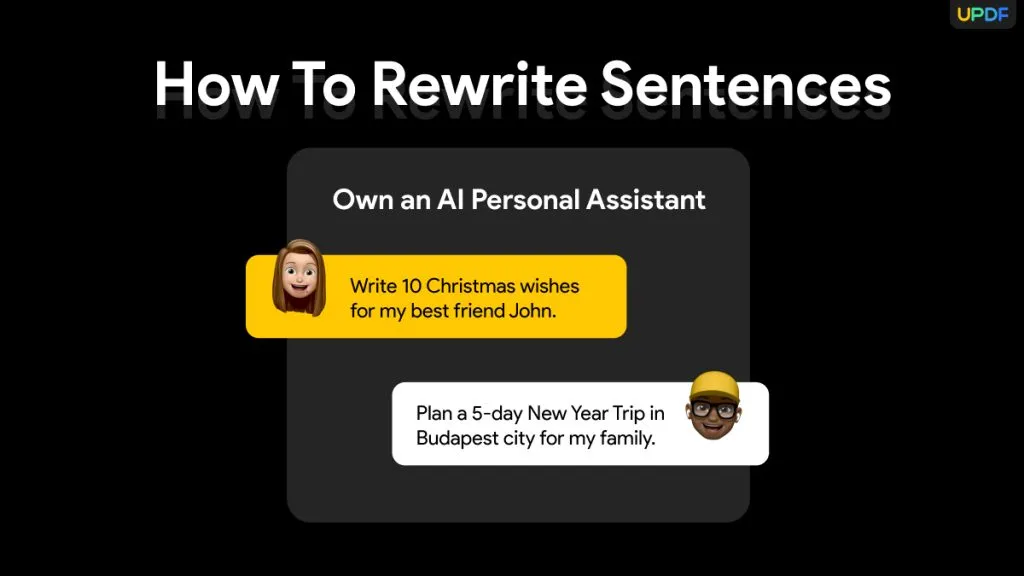

 Idham Wijaya
Idham Wijaya 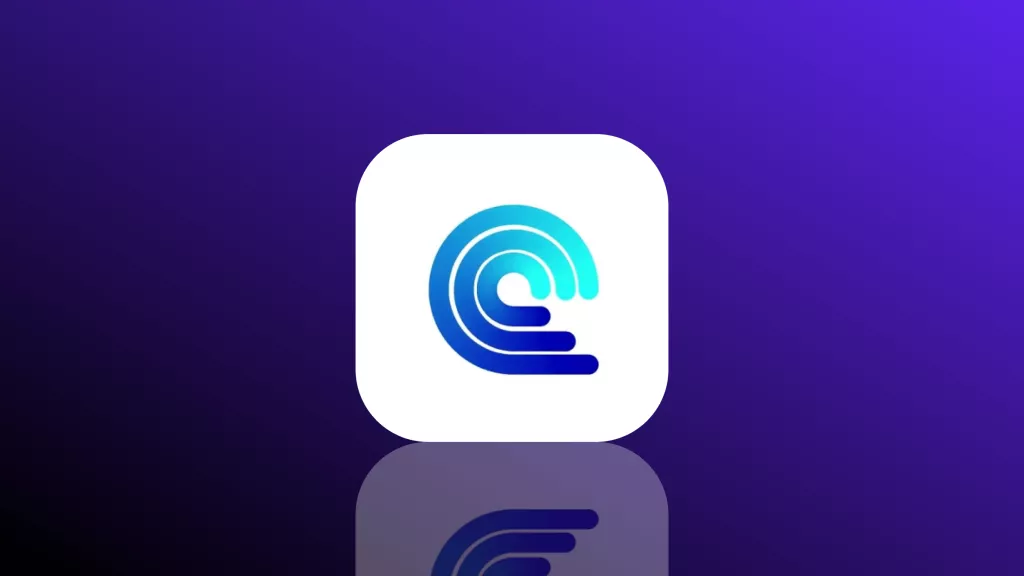
 Engelbert White
Engelbert White